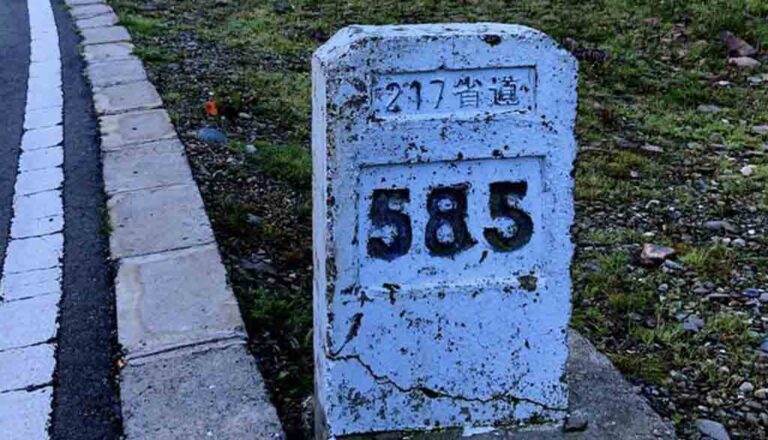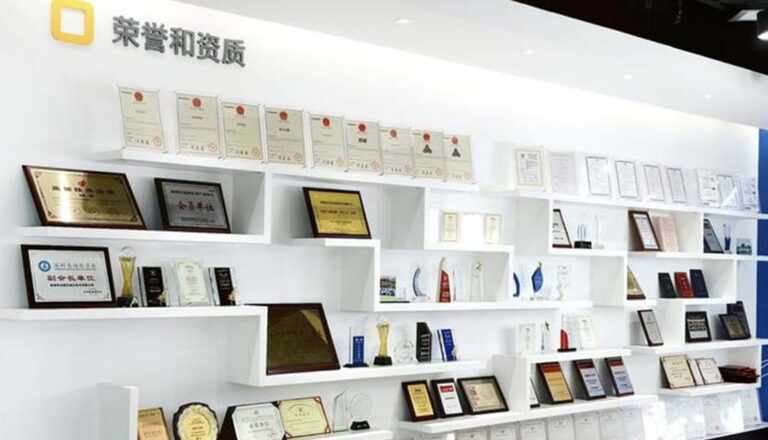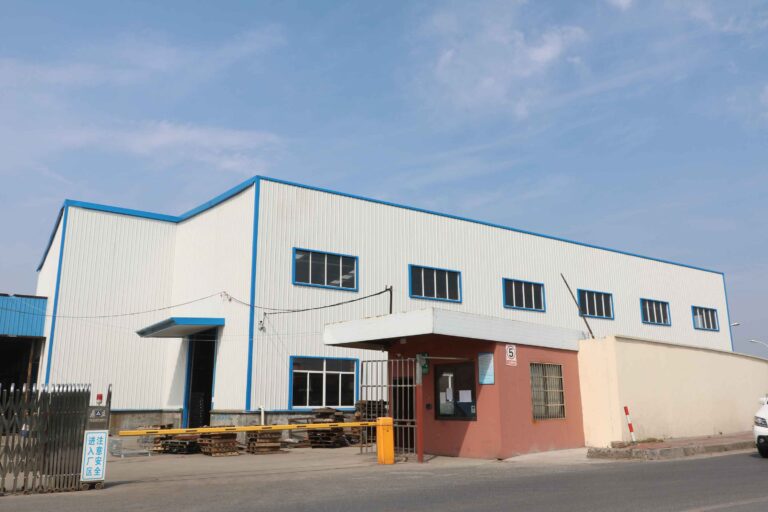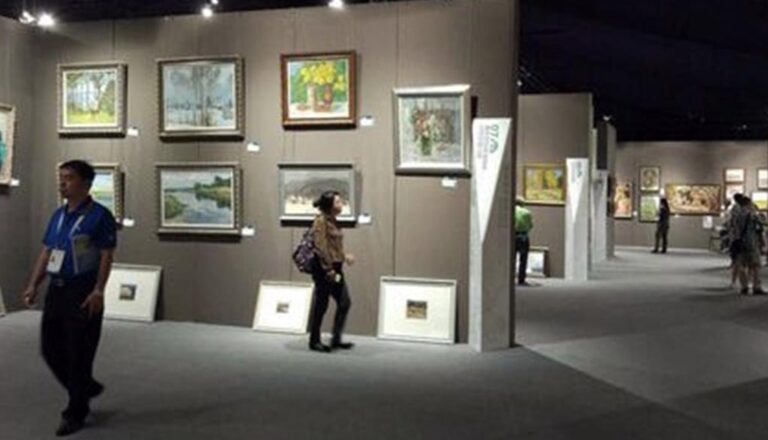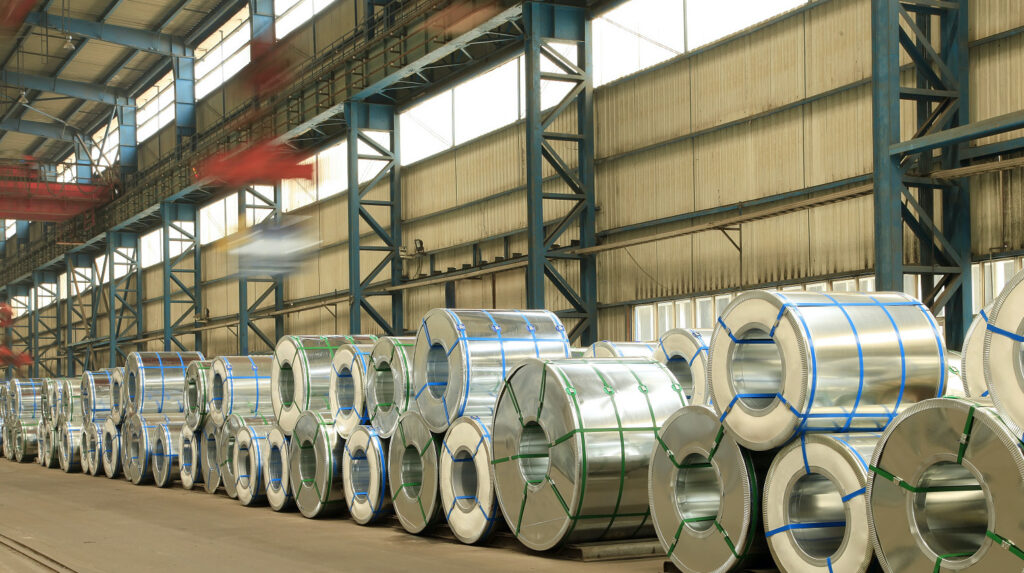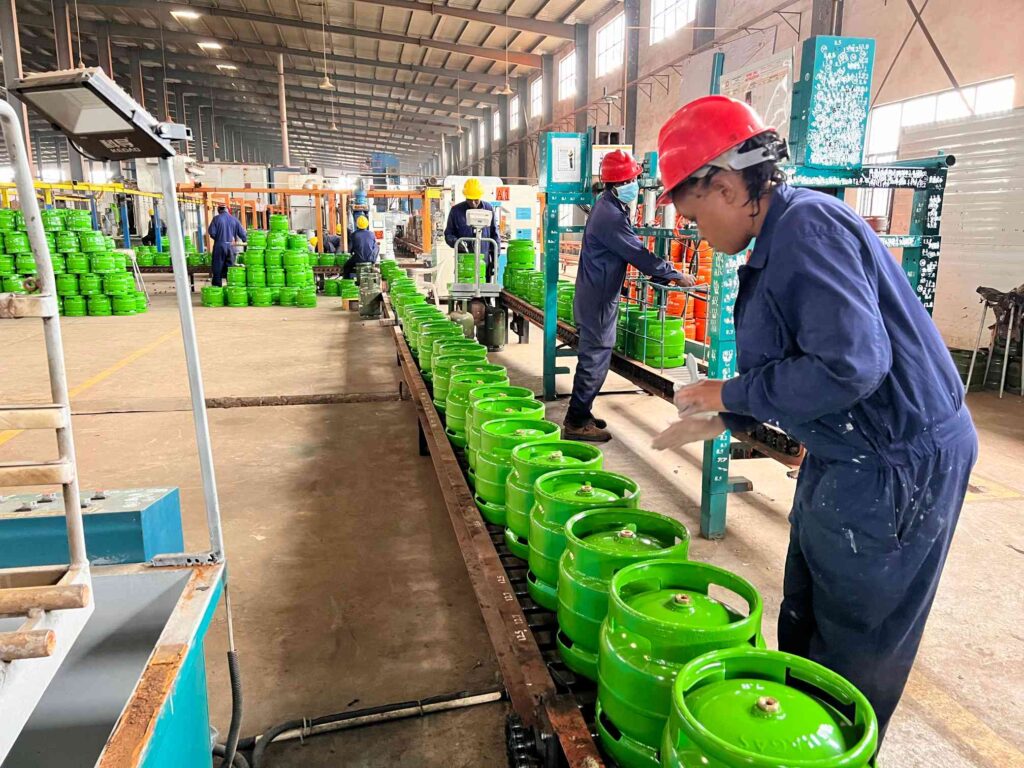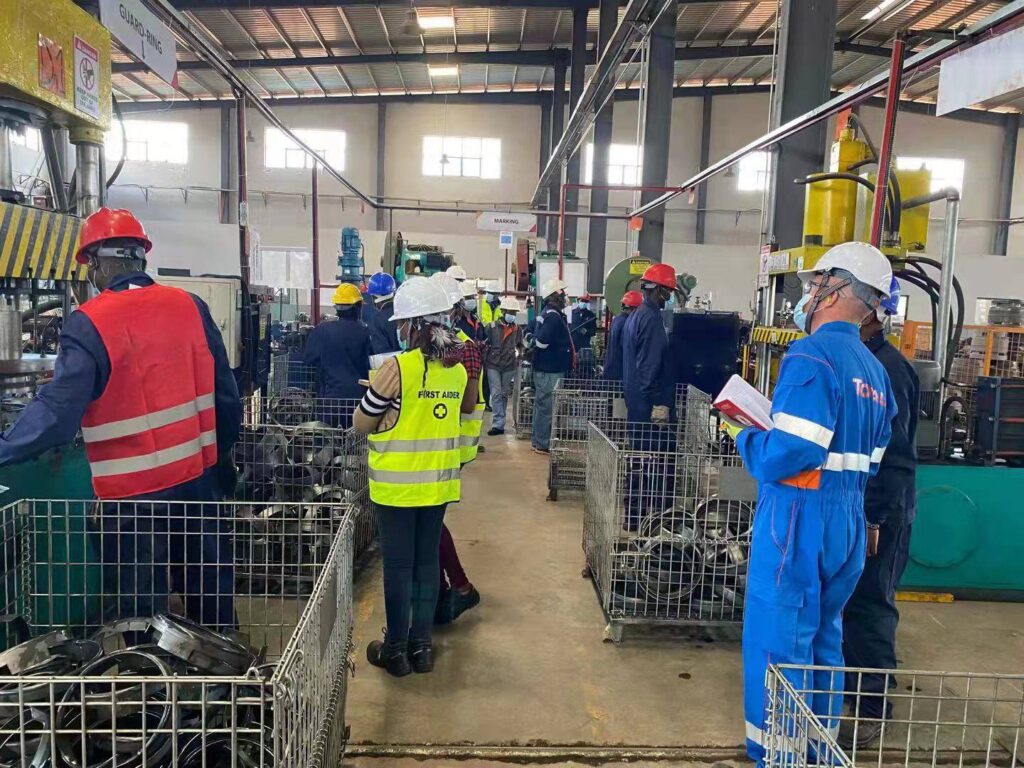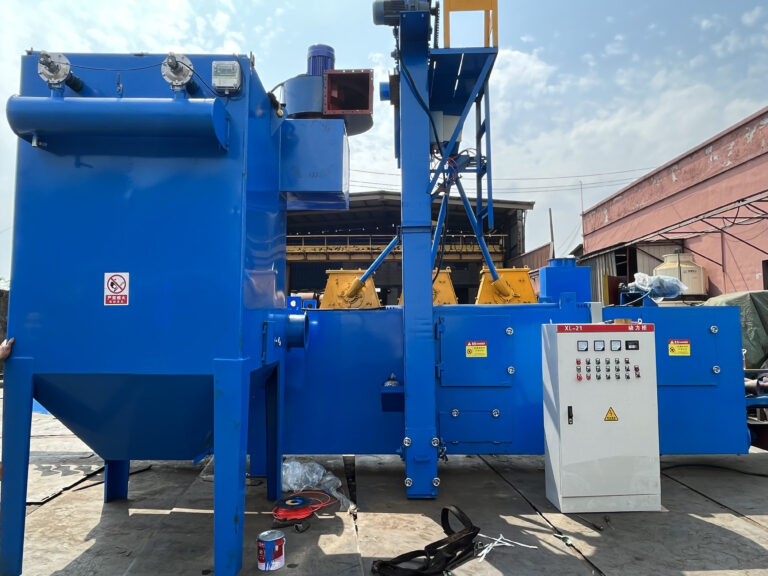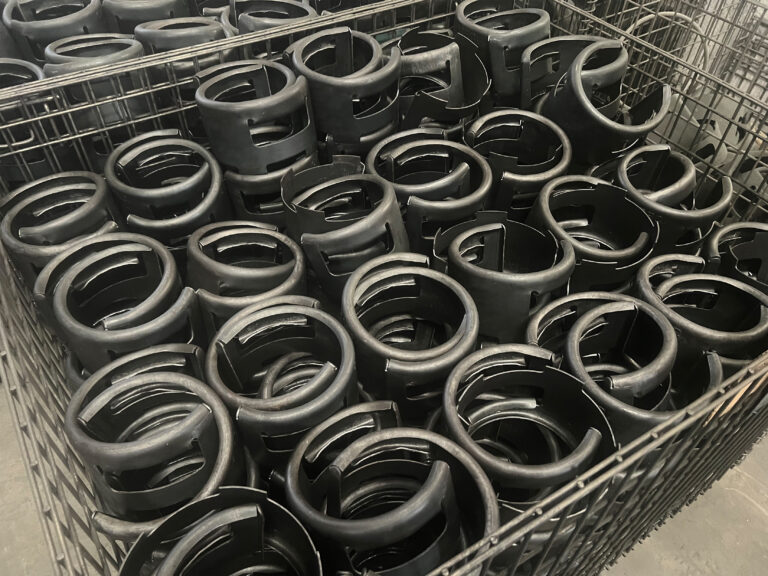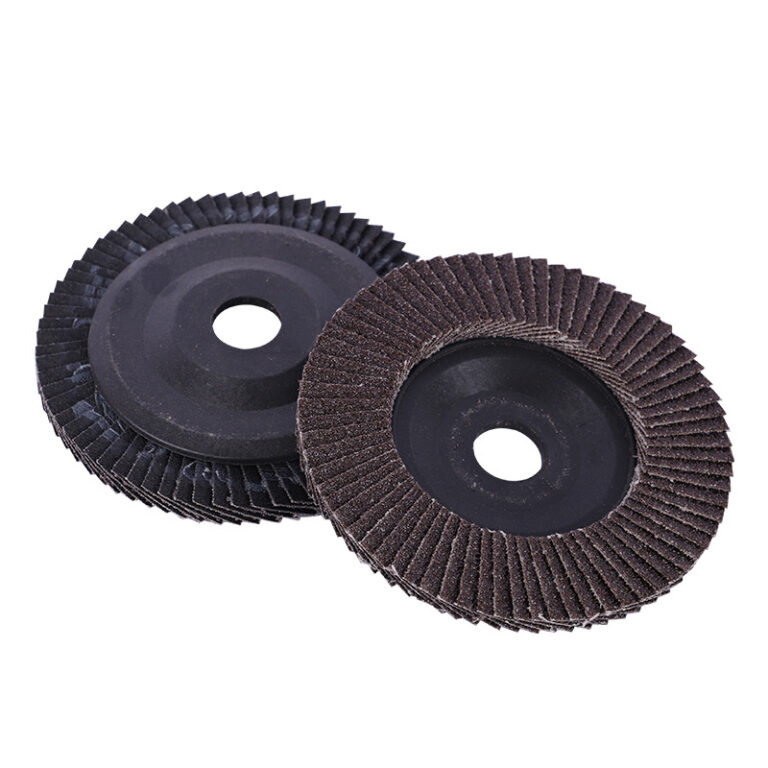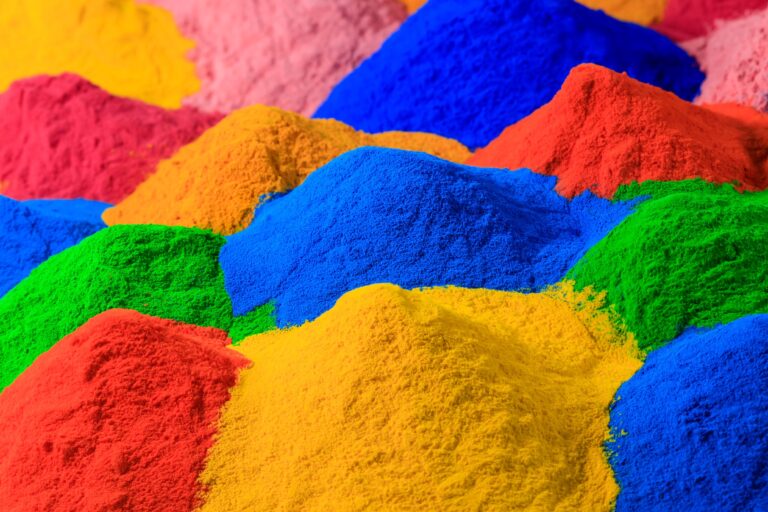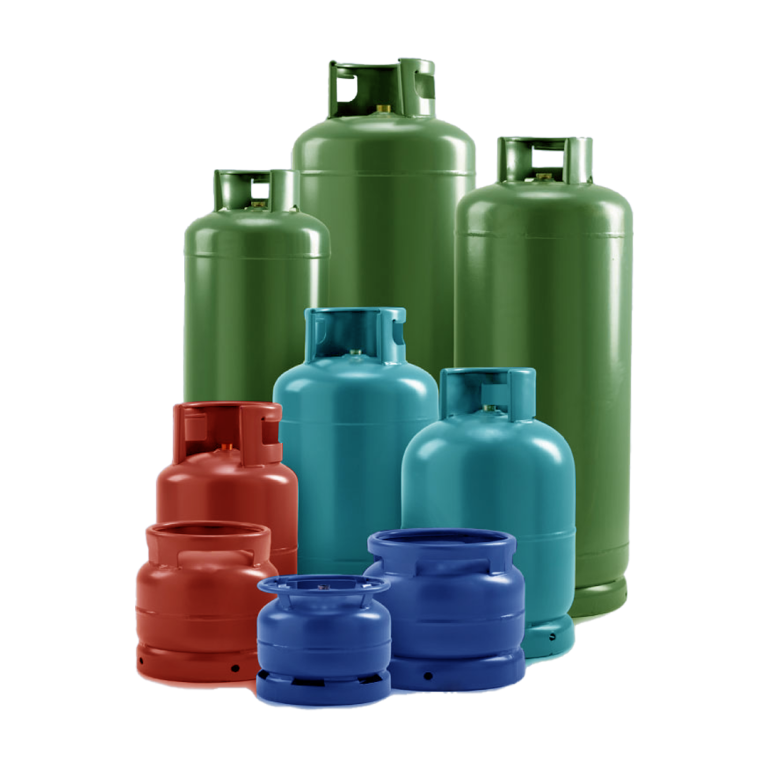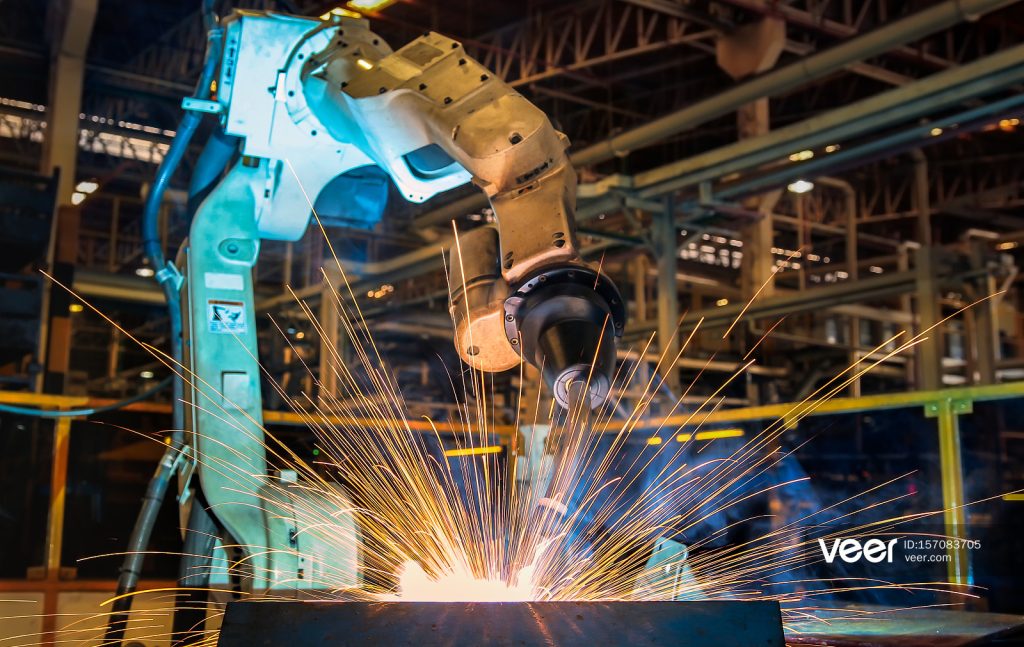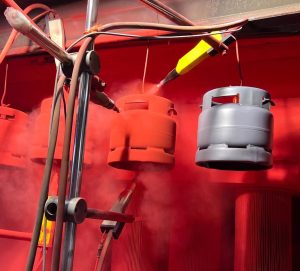The liquefied petroleum gas cylinder is an indispensable item in our life. It carries the gas we use and provides convenience to our life. So how is it produced?
First of all, the material for manufacturing liquefied petroleum gas cylinders is steel plate. The steel plate is processed into a semi-finished product through processes such as flattening, shearing, flanging, and bottoming. Then, the steel plate goes through processing procedures such as cutting, folding, punching, and splicing to become a bottle body.
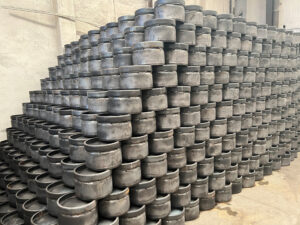
Next, carry out pickling. The bottle body is soaked in pickling solution to remove the oxide layer, making the surface of the bottle body cleaner, and at the same time reducing the corrosion rate of the metal plate of the bottle body.
Then, paint. The bottle body has completed the painting work of the liquefied petroleum gas cylinder after several steps such as sandblasting, degreasing, primer coating, middle coating, and top coating. The copper plate on the surface of the bottle body is automatically painted by the machine, and the excess spray paint is recovered.
Next is the installation of the air valve and valve cover. The valve is an important part of the LPG cylinder, responsible for controlling the flow of gas in and out. After a series of processes such as connection, rolling, and processing, the parts such as air valve, valve cover, and overflow valve are welded and threaded with the bottle body to complete the process.
The last is the inflation test. Introduce the liquefied petroleum gas cylinder into the inflatable room for gas filling test. This test can verify the tightness of steel cylinders and gas filling density, etc., to ensure the safety of use.
The above is the production process of liquefied petroleum gas cylinders. These processes need to be interlocked and closely coordinated in order to manufacture safe, reliable, and high-quality LPG cylinders.
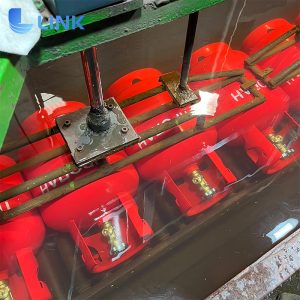
Products-HANGZHOU TIANLONG STEEL CO., LTD. (linklpgcylinder.com)


